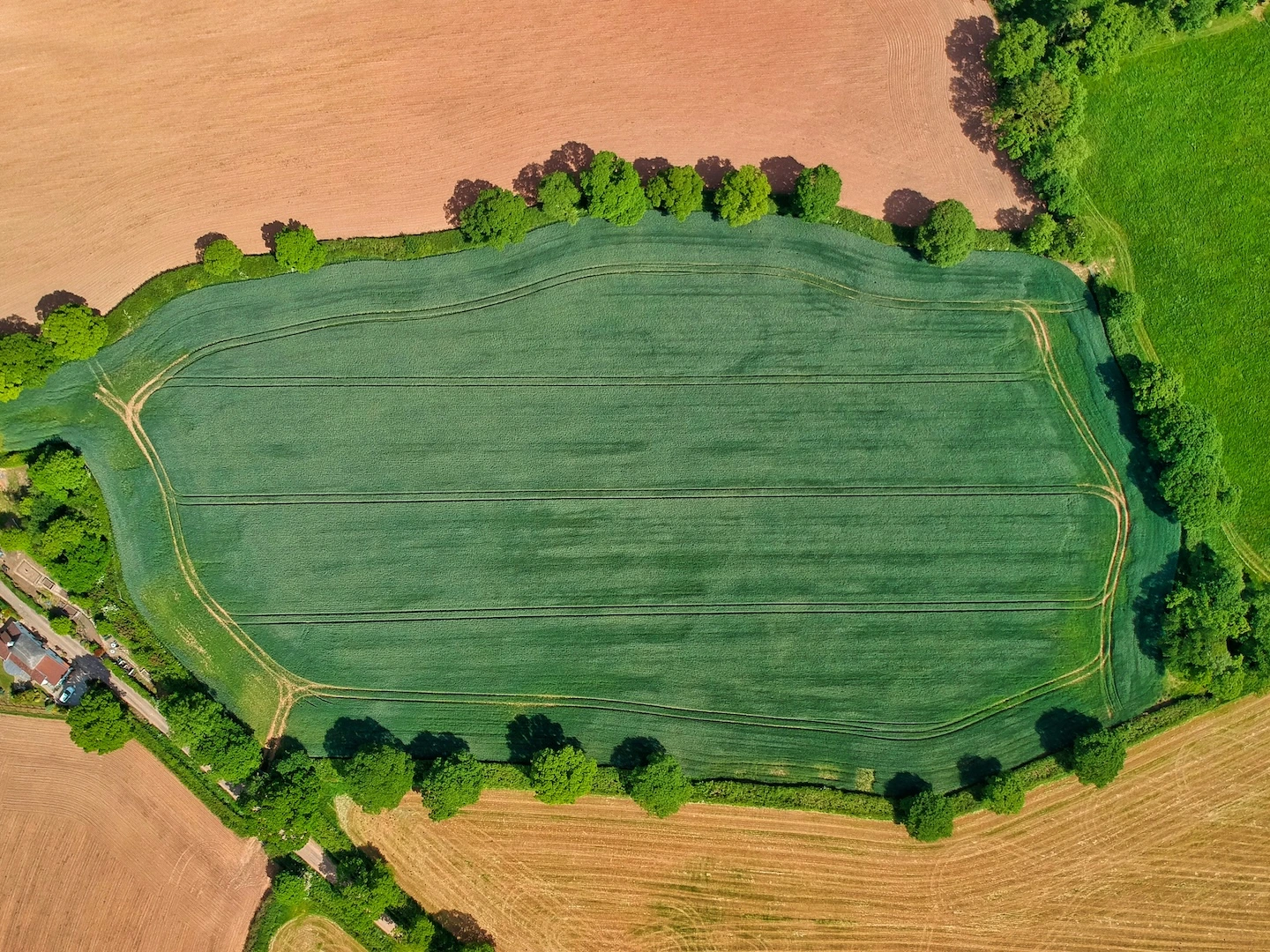£6.34
info Summary
This Capital Grant item provides funding for fencing at £6.34 per metre to control livestock, protect environmental features like newly planted trees and buffer strips, and prevent water pollution. It aims to protect, recover, and improve biodiversity on land, with specific requirements for wooden or metal posts and restrictions on use near protected historic sites.
format_list_bulleted What to do
- Remove all old fencing material before installing new fencing.
- For wooden posts: Use treated softwood timber (BS8417:2014 Use Class 4), erect steel-wire fence to at least 1.05m high, use specified galvanised steel wire, and follow detailed specifications for straining posts (at least 2.1m long, 125mm diameter/square), struts (at least 2.1m long, 75mm diameter/square), and intermediate posts (at least 1.65m long, 65mm diameter/square), including spacing and bracing requirements.
- For metal posts: If in CSHT, agree with Natural England or Forestry Commission adviser. Remove old fencing, erect steel wire fence to at least 1.05m, use specified galvanised steel wire, and follow detailed specifications for straining posts (at least 2.4m long), struts (at least 1.8m long), and intermediate posts (at least 1.65m long), including bracing. Metal posts must be suitable for the site and durable for 5 years.
- Do not attach fences to trees or hedgerows, block access to open access land, or hard staple wire to intermediate posts.
checklist How to do
- Remove all old fencing material before installing new fencing.
- For wooden posts: Use treated softwood timber (BS8417:2014 Use Class 4), erect steel-wire fence to at least 1.05m high, use specified galvanised steel wire, and follow detailed specifications for straining posts (at least 2.1m long, 125mm diameter/square), struts (at least 2.1m long, 75mm diameter/square), and intermediate posts (at least 1.65m long, 65mm diameter/square), including spacing and bracing requirements.
- For metal posts: If in CSHT, agree with Natural England or Forestry Commission adviser. Remove old fencing, erect steel wire fence to at least 1.05m, use specified galvanised steel wire, and follow detailed specifications for straining posts (at least 2.4m long), struts (at least 1.8m long), and intermediate posts (at least 1.65m long), including bracing. Metal posts must be suitable for the site and durable for 5 years.
- Do not attach fences to trees or hedgerows, block access to open access land, or hard staple wire to intermediate posts.
description Evidence Required
You must keep photographs of the completed work and provide them with your claim.
You must also keep and supply on request:
- any consents or permissions connected with the work
- receipted invoices or bank statements where a receipted invoice is unavailable
- photographs of the existing site before work starts
Read the record keeping and site visit requirements in the Agreement holder’s guide: Capital Grants, Higher Tier capital grants and Protection and Infrastructure grants for more information.
If you’re applying for this item as part of a Countryside Stewardship Higher Tier (CSHT) application, you must read the record keeping and site visit requirements in the CSHT agreement holder’s guide.
tips_and_updates Additional Advice
- Check to make sure the work meets relevant British Standards.
View Official Guidelines
Access detailed information about this action on the RPA website

